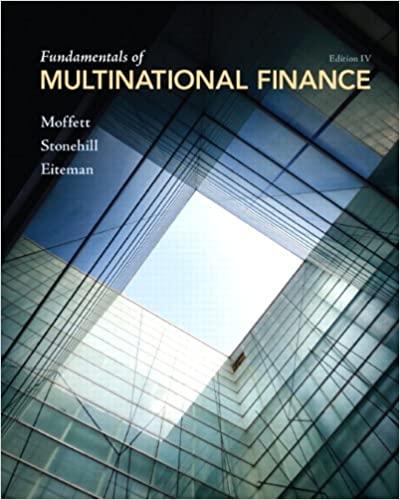Answered step by step
Verified Expert Solution
Question
1 Approved Answer
Table A gives investments, NPVs, IRRs and the first three years cash flow for several capital investment projects. Each projects cash flows continue for several
- Table A gives investments, NPVs, IRRs and the first three years cash flow for several capital investment projects. Each projects cash flows continue for several more years, longer for some projects than others. The cost of capital is 12% for all projects.
Table A (figures in millions).
| Project | Invest in 2000 | C1 | C2 | C3 | NPV | IRR |
| A | 100 | 20 | 20 | 20 | 57 | 17.8 |
| B | 200 | 0 | 20 | 40 | 64 | 14.5 |
| C | 50 | 20 | 20 | 20 | 41 | 37.8 |
| D | 75 | -10 | 10 | 30 | 0 | 12 |
| E | 30 | -10 | 5 | 7 | -3 | 11 |
| F | 10 | 3 | 4 | 5 | 5.5 | 30.2 |
Projects A and B are mutually exclusive - your firm can take only one. The projects are discrete - you cannot make partial investments in any project.
- Which project would you choose, A or B?
- Suppose that the firm now identifies a new project AA with exactly the same cash flows, NPV and IRR as project A. Does the opportunity to invest in AA change your answer to part c?
- Suppose the firm has only $200 million to invest - a fixed capital constraint. Which projects would you undertake? (Ignore project AA.)
- Now the firm negotiates a line of credit that allows it to borrow up to $100 million at 8%. Would access to additional debt capital at a cost of 8% change your answers to questions c, d or e?
Step by Step Solution
There are 3 Steps involved in it
Step: 1

Get Instant Access to Expert-Tailored Solutions
See step-by-step solutions with expert insights and AI powered tools for academic success
Step: 2

Step: 3

Ace Your Homework with AI
Get the answers you need in no time with our AI-driven, step-by-step assistance
Get Started


